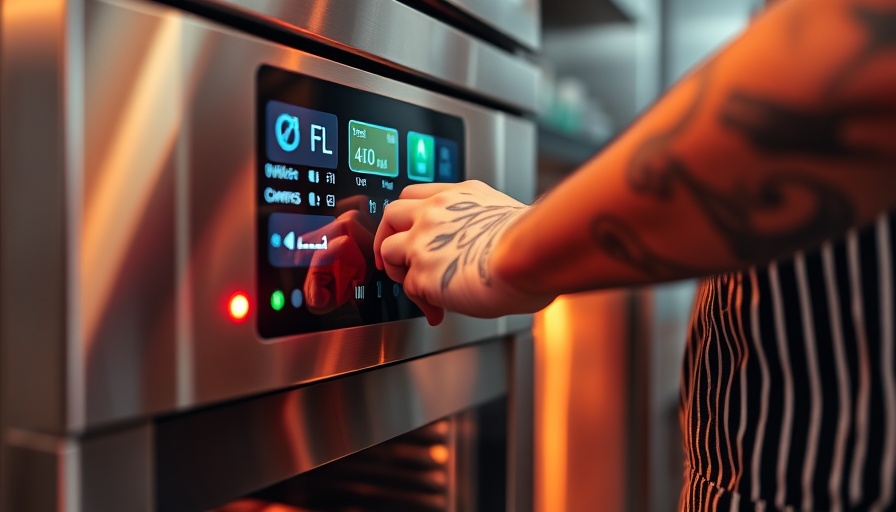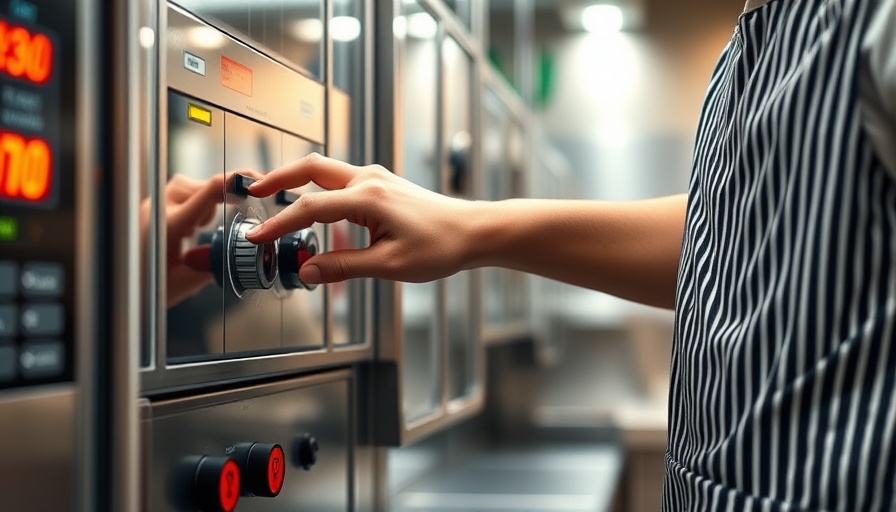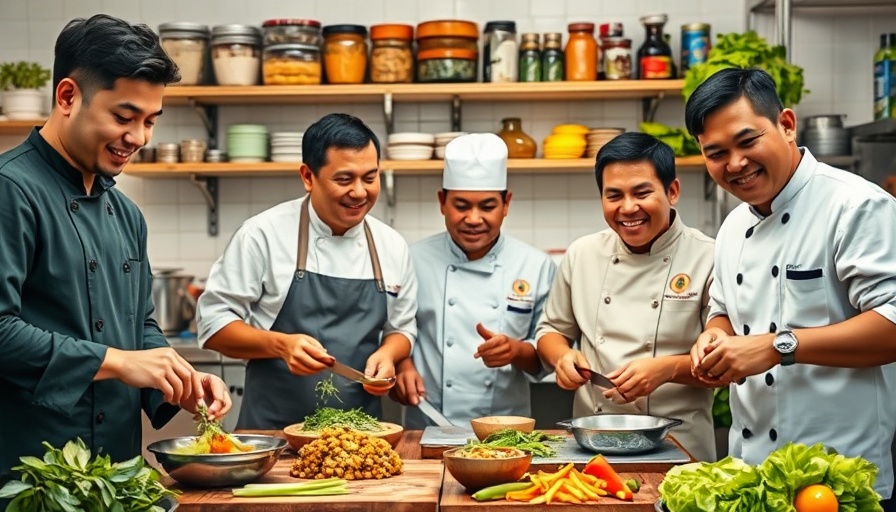¡Buen Provecho! Savoring the Soul of Mexico Through Its Cuisine
In Mexico, food is never just food. It’s history, celebration, rebellion, and love—all wrapped in a warm tortilla. To eat in Mexico is to walk through centuries of indigenous tradition, colonial influence, and endless regional creativity. And whether you're sipping mezcal in Oaxaca or munching tacos from a roadside stand in Mexico City, one thing becomes clear: this country doesn’t just feed you, it embraces you.
Let’s start in the capital. Mexico City, chaotic and thrilling, is a culinary universe all its own. The smell of masa (corn dough) and sizzling meats floats through the air as taquerías line nearly every corner. Sure, you’ve had tacos—but have you had tacos de suadero at 2 a.m. from a glowing taco cart with a red plastic stool and a mountain of lime wedges? There’s a kind of magic in eating a taco made just for you by a vendor who’s perfected their craft over decades. Try tacos al pastor, shaved from a vertical spit of marinated pork, served with onions, cilantro, and a slice of grilled pineapple. They’re Mexico City's street food crown jewel.
But street food is just the beginning. High-end chefs are rewriting the rules of fine dining with hyper-local ingredients and ancient techniques. Pujol, led by chef Enrique Olvera, transforms humble dishes like mole into art. Speaking of mole—this rich, complex sauce, made from chiles, chocolate, spices, and seeds, takes hours or even days to prepare. Each region has its version, from the deep, dark mole negro of Oaxaca to the redder, sweeter mole poblano of Puebla. It’s a dish that speaks of patience, tradition, and the blending of worlds.
And oh, Oaxaca. Known as the “land of seven moles,” it’s the heartbeat of indigenous Mexican cuisine. The markets here are bustling with color and sound—women in embroidered dresses selling chapulines (crispy roasted grasshoppers), wheels of quesillo (a stretchy, stringy cheese), and handmade tamales oaxaqueños, wrapped in banana leaves instead of corn husks. Add a smoky shot of mezcal (always sipped, never shot) and you’ve got a full sensory experience.
Travel north and the flavors change again. In Sonora, beef is king, and flour tortillas—thin, soft, and buttery—are the base of carne asada tacos, grilled to perfection. In Baja California, the proximity to the Pacific inspires culinary mashups like fish tacos—battered white fish, shredded cabbage, crema, and salsa on a fresh tortilla. Pair that with a Baja wine or a craft cerveza, and it’s pure coastal bliss.
Then there’s Yucatán, where Mayan influence still shapes every bite. Here, you’ll find cochinita pibil—pork marinated in achiote and sour orange, wrapped in banana leaves, and slow-roasted underground in a pib (earth oven). Served with pickled red onions and habanero salsa, it’s tangy, spicy, and utterly unforgettable. And don’t miss the panuchos—fried tortillas stuffed with black beans and topped with turkey or eggs, avocado, and more.
Mexican food is also deeply seasonal. Day of the Dead brings out pan de muerto, a soft, sugary bread shaped like bones. Around Christmas, families gather for tamales and bacalao (salt cod stew). And during Lent, capirotada, a bread pudding made with raisins, cinnamon, and cheese, graces many tables.
But maybe the most beautiful part of Mexican cuisine is how communal it is. Food isn’t just made—it’s shared. It’s in the tortilla-making circles, the grandmother’s molcajete passed down through generations, the outdoor barbecues with neighbors and music and salsa dancing. It’s the way someone hands you a taco with a proud smile, saying, “Tienes que probar esto” (“You have to try this”).
And while Mexican food has gone global, there’s something irreplaceable about experiencing it at the source. The best meals aren’t always found in restaurants. They’re in the family-run fondas with handwritten menus, in the tianguis (weekly markets) with grilled corn dusted in cheese and chili, and in the hands of the women making tortillas on the street, their rhythm steady and strong.
 Add Row
Add Row  Add
Add 




Write A Comment